Getting a cost seg study
In short
A cost seg study is a report that:
Breaks down a property into two buckets: structural & nonstructural
Provides rationale & evidence to support bucket proposals
Generates accelerated tax benefits
For example, if your purchase price was $1M, you’d be able to deduct 300k - 400k immediately.
Bullet proof cost segs are worth millions.
In fact, getting a cost seg study done is one of the most important decisions you will make as a real estate investor.
Your cost seg study could be the lever that sets you apart from your competition.
The cash flow generated could be one of the key tools that helps you buy multiple properties, while your competitors are stuck with one property.
Generating a bullet proof cost seg study is not easy or cheap.
But, when done right, the value is far greater than the initial investment.
In this article, we’ll unveil our 7 rules for generating bullet proof cost seg studies that will:
Increase your cash flow
Set you apart from your competitors
Let’s dive right in.
But first, a little context.
We’ve been advising ultra high net worth investors on tax strategy for 5 years.
The investors all varied in industry focus.
But, we’ve found one common denominator: they all used the tax benefits of real estate to increase cash flow.
Our clients include the owners of:
$xxxB technology private equity funds
$xxxM real estate private equity funds
$xxM technology companies
Real estate tax strategy isn’t 100% of the equation.
Our clients would’ve been successful without us.
But they can’t ignore the power that a bullet proof cost seg can do for them. And that’s why they paid us to get it done right.
Rule 1: Backed by evidence & receipts
Whenever you classify an element as nonstructural, you get accelerated tax benefits.
That is precisely when you need to back up your claim with evidence.
The type of evidence depends on a number of factors. For example:
New construction vs existing home
Whether original docs are available
Rule 2: Done with expertise
You need a professional that has expertise in:
Tax law
Construction
Engineering
Cost estimating and allocation
Rule 3: Onsite visit
Virtual visits will work.
But, onsite visits are preferred.
They are done to gain a better perspective and understanding of the design and purpose of the project, as well as the use of specific assets.
Rule 4: Interviews
Documented interviews are useful to truly understand the use of a property and the construction process.
Typically done with:
Contractors
Subcontractors
Taxpayers
Property managers
Rule 5: Clean report
World class design & formatting is great, but not mandatory.
But, the following components are crucial:
Summary
Narrative Report
Schedule of Assets
Schedule of Direct and Indirect Costs
Separately-acquired assets are listed and discussed in the report
Schedule of Property Units and Costs
Engineering Procedures
Statement of Assumptions and Limiting Conditions
Certification by the person preparing
Exhibits
Rule 6: Numbers match fixed asset ledger
This is straight forward.
It’s related to the last rule.
The numbers on the cost seg report must match other records.
Rule 7: Detailed description of methodology
This is the thought process.
You need to explain the strategy behind it all.
Conclusion
Getting a high quality cost seg changes levers for your business.
By following the 7 simple rules in this article, you’ll get it done right the first time. And will only need to think about actually taking the tax benefit every year.
Let’s do a quick recap to make sure you have the principles fully grasped.
Rule 1: Backed by evidence & receipts
Rule 2: Done with expertise
Rule 3: Onsite visit
Rule 4: Interviews
Rule 5: Clean report
Rule 6: Numbers match fixed asset ledger
Rule 7: Detailed description of methodology
There are certainly many nuances with this topic (b/c tax law is complicated), but this puts you ahead of 99% of other real estate investors).
